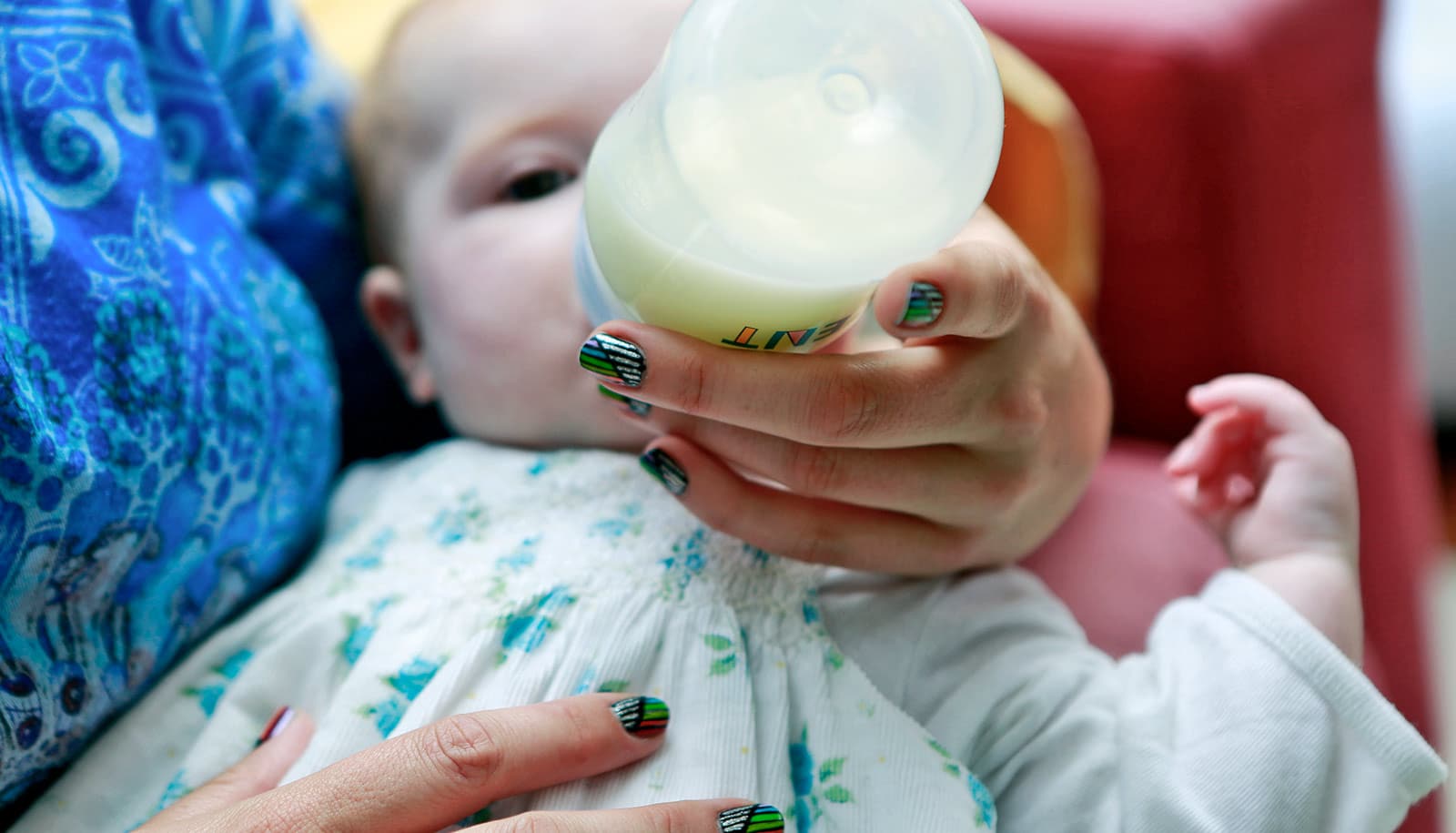A new study clarifies the factors that influence moms, particularly in rural areas where breastfeeding is less common, when deciding how to feed their babies.
In the study, Karry Weston, a doctoral student at the University of Missouri Sinclair School of Nursing, interviewed women in Missouri who chose to breastfeed their babies about the influences that affected their decision-making. She learned that when these women were both educated about the health benefits of breastfeeding and also had the support of family, friends, neighbors, or coworkers who also chose to breastfeed as moms, the stigma surrounding breastfeeding was reduced with increased community exposure.
“There was one woman in particular who was from a very rural area and she told me that in her community, no one breastfed since formula feeding was the cultural norm and nobody wanted to stick out like a sore thumb,” Weston says. “However, once she took a leap of faith and started to breastfeed her baby, soon her friends, who were also moms, started to do it too because they felt comfortable after seeing their friend do it, so it became more normalized.”
Weston, who grew up in rural Missouri herself, is currently working on a project to better understand the factors that affect mothers’ decisions about whether or not to breastfeed specifically in rural areas, with grant funding from the National Institutes of Health.
“If we can increase both education and community exposure, people can broaden their horizons, change their minds, and learn about different options or different ways of doing things, which has enormous potential implications for improving health care outcomes,” Weston says.
“Right now my focus is on boosting breastfeeding rates given the health benefits, but down the road I think studying the factors that influence decision-making can help in other areas like research on diabetes management or even exercise.”
The study appears in the journal Public Health Nursing. Funding came from the National Institutes of Health/National Institute of Nursing Research and the University of Missouri Department of Obstetrics and Gynecology.
Source: University of Missouri



